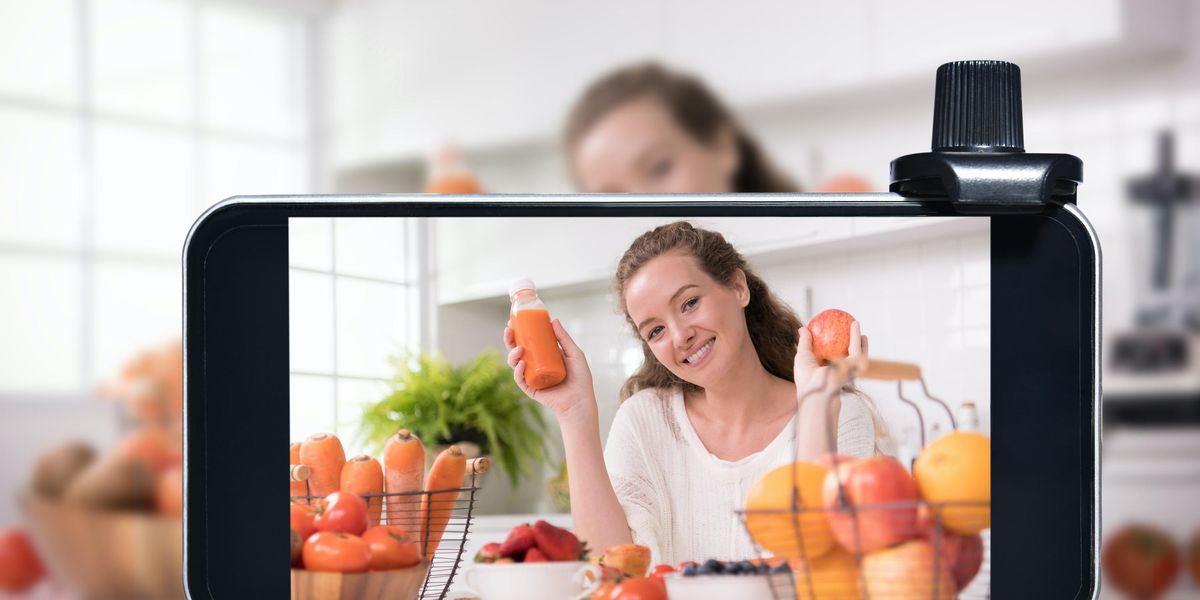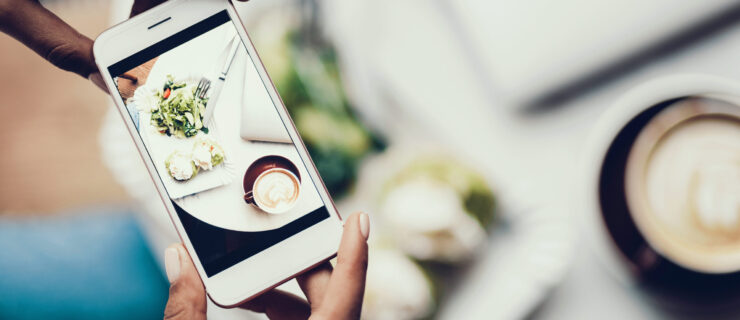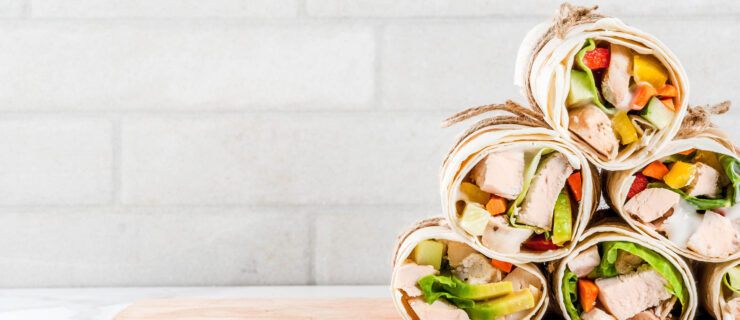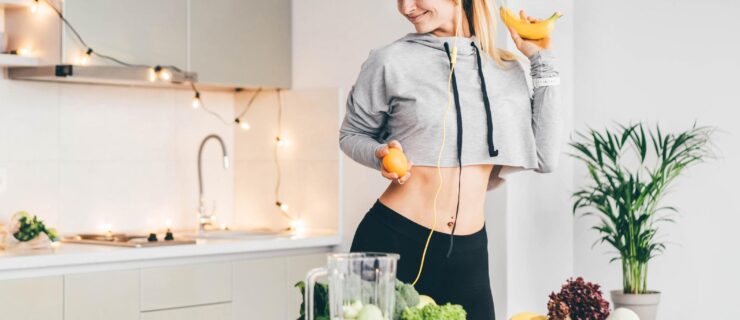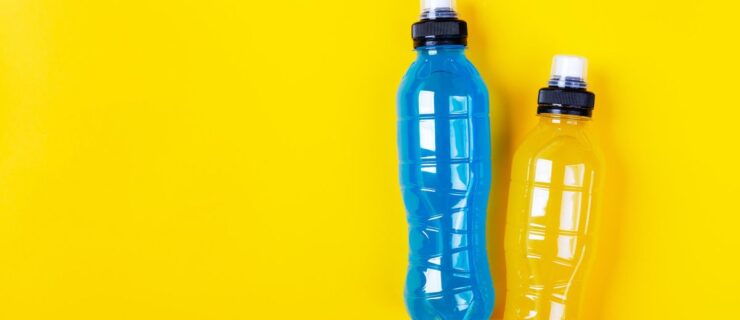What Dietitians Wish Dancers Knew About the "What I Eat in a Day" Trend
Wherever you’re scrolling—TikTok, Instagram, YouTube or all of the above—odds are you’ve come across a “What I Eat in a Day” video, posted by one of your favorite pro dancers or #Dancefluencers. These videos are tightly edited, full of aesthetic smoothie bowls, meal prep for days and cute kitchenware. So, naturally, you might be tempted to emulate the seemingly perfect meals that come across your feed.
But what do the experts think of this trend? Dance Spirit spoke with two registered dietitian nutritionists (RDNs) about the pros and cons of eating just like your favorite dancer.
Food for Thought
When your favorite pro dancer posts about her favorite vitamin supplements, or when that influencer who just so happens to be enrolled in your dream training program recommends a recipe you’ve never tried, it’s easy to think, “If I want to dance like them, maybe I should eat like them too.”
But your TikTok feed is no reflection on how you should be feeding yourself. Monika Saigal, RDN and founder of MS Nutrition in New York City, finds the trend especially concerning given the high risk for disordered eating, eating disorders and energy deficiency among dancers.
“I appreciate that successful dancers may want to share what works for them in an effort to help other dancers, but I think it’s harmful for dancers to take advice from anyone who isn’t adequately qualified to give that advice,” Saigal says.
Rebecca Brundidge, a Nashville-based RDN and founder of Active Plate Nutrition, says she recalls this trend being prevalent even well before she became a dietitian. “I think that there are good intentions behind the trend. But taking someone else’s meal-plan ideas and applying it to yourself can be really tricky,” Brundidge says. “Everyone needs to fuel differently, based on what their body needs and their individual training level.”
Saigal agrees. “What one dancer or influencer or even a dietitian eats in a day tells you nothing about what you should eat in a day,” she says.
So instead of copy-and-pasting your dance idol’s whole meal plan into your kitchen, look at these videos as an often-idealized glimpse into what works for them—but not necessarily for you. If you see someone eating a food you’ve never tried (and it looks good to you), it’s fine to try it and see if it suits your nutritional needs. But don’t take what you see online as a how-to guide to looking and dancing like the dancer who posted it.
Feast on Facts
When in doubt, stop scrolling and seek the advice of an RDN who specializes in the nutritional needs of dancers.
“Social media is full of harmful messages about food and bodies, and often has a negative impact on dancers’ body image and their relationship with food,” Saigal says. “For many dancers, it increases the pressure they feel to be perfect, which can contribute to body image dissatisfaction and increased risk for eating disorders and disordered eating.”
Just as people only post their perfectly filtered photos—or videos of their pirouettes only on their good side—the meals and snacks that show up on social media are preplanned and meant to garner likes. If you think you might want to change your diet, first identify why exactly you want to make a change and what your goals are. Then consult a dietitian.
“Dietitians have a background that’s bigger than just dance, or just eating for performance,” Brundidge says.
And before you go posting your own #Foodspiration, consider the impact it may have. “I think it’s better not to share nutrition advice unless you have the training and qualifications to do so,” Saigal says.
Keep in mind that not all nutritional advice shared over social media is accurate.
“It’s good in general to think critically about the information that you’re consuming,” Brundidge says. “There’s so much information out there, and so much of it is conflicting. Take everything with a grain of salt, and when in doubt, reach out to a dietitian.”
